The big thing about tiny restaurants

Roula Khalaf, Editor of the FT, selects her favourite stories in this weekly newsletter.
Sam Betts had to get very canny about his use of space when it came to opening up his restaurant two years ago. Aptly named The Small Canteen, the tiny, single-storey building, with a flat roof and a rhomboid interior, has just 15 seats. “There was a lot of measuring and remeasuring to make sure everything fitted,” he says. His modern European eatery in a residential area of Newcastle upon Tyne is just 7m by 3m at its widest point.
Inside the space, which has a midcentury vibe, there’s a few bar seats, a smattering of tables and one four-person booth. Next to the counter is a little workbench, where Betts plates his £15 mains such as soft-shell North Sea crab with blood-orange salad and ox-cheek stew. “I can do six plates at once – there’s a lot of running back and forth with pans,” he says; the dinky galley kitchen is “too small” to dish up in. It’s intimate, affordable and homey. “People end up chatting away because the tables are so close together,” he says. “It’s a very friendly space.”
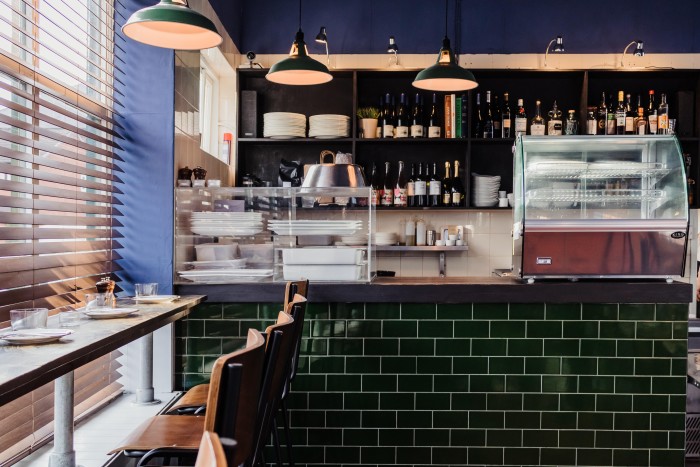
The Small Canteen is one of a growing number of itsy-bitsy restaurants with 20 seats or fewer. But they’re not serving set menus or itsy-bitsy plates of foamy food. Otto, in Berlin, is a 16-seat neighbourhood joint that focuses on fermented ingredients and bold flavours – or “sharing dishes that underline a lively atmosphere”, says Vadim Otto Ursus, the restaurant’s owner and head chef. In Manhattan, Mimi is an atmospheric, 18-chair bistro with sexy lighting and a laidback French menu of usually 10 to 12 items. And at north African spot The Barbary Next Door, in London, there are just 10 seats. It’s so small it has to borrow the kitchen of its adjacent sibling restaurant. Co-owner Layo Paskin likens its mood to “a bar in Seville… it’s bustling and vibrant”.
Cosy and casual, these little places speak to a new mood in eating out. Daniel Bennett, co-owner of Mimi, refers to them as “gems… little holes in the wall that not everyone knows about”. Right now, he says, diners want a “close experience, not a distant, sterile one”. They’re the antithesis of luxury dining satirically portrayed in The Menu: informality is their USP. It’s about “quality food and wine” without the pretension of “prestige”, says Vadim.
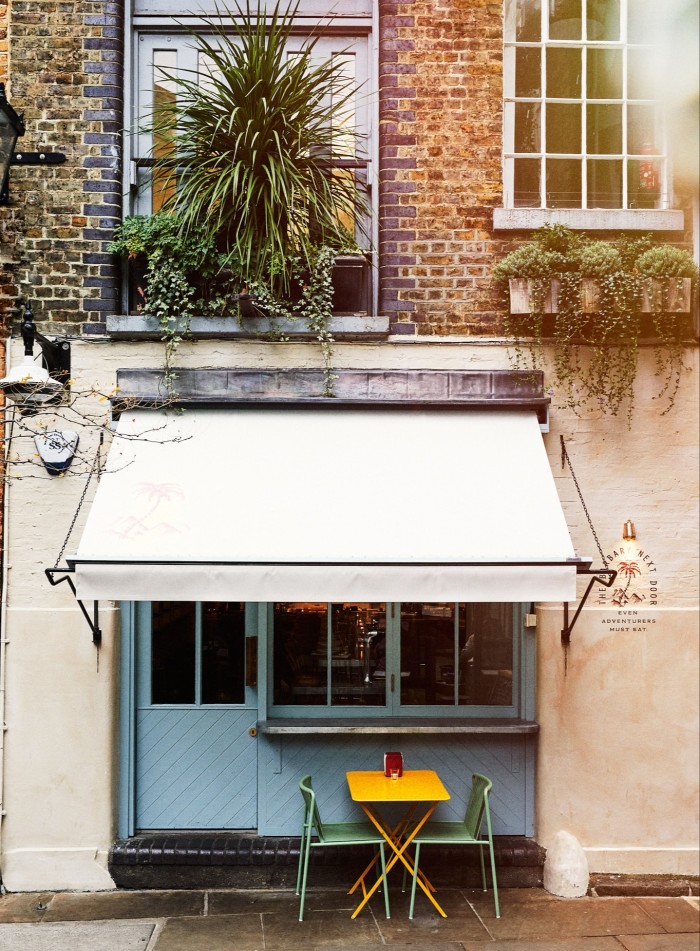
Opening an eatery that can barely host a birthday party might seem counterintuitive in an industry that has suffered catastrophic losses in recent years; with two sittings, the maximum diners Betts can get through his doors each night is 30. The Small Canteen has once housed 18 simultaneous guests for a private event. “It was a squeeze to get them all in,” laughs Betts. “There’s definite downsides. It’s a lot of work, and there’s an income ceiling; you can only bring in so much each night.”
But there’s a beauty in being pint-sized. Betts says it’s “easier to control quality”, while Otto’s Ursus, who also owns the 70-seat restaurant Trio, in Berlin, says “it creates flexibility, spontaneity and creativity”. Dishes get a daily overhaul, and Ursus can work with smaller producers, whose goods would otherwise be in too short a supply for his bigger site: he cites veal cuts that are “only available once in a while” and “outstanding” wines from very limited harvests as examples: “The process of changing anything in larger restaurants takes a lot longer.”
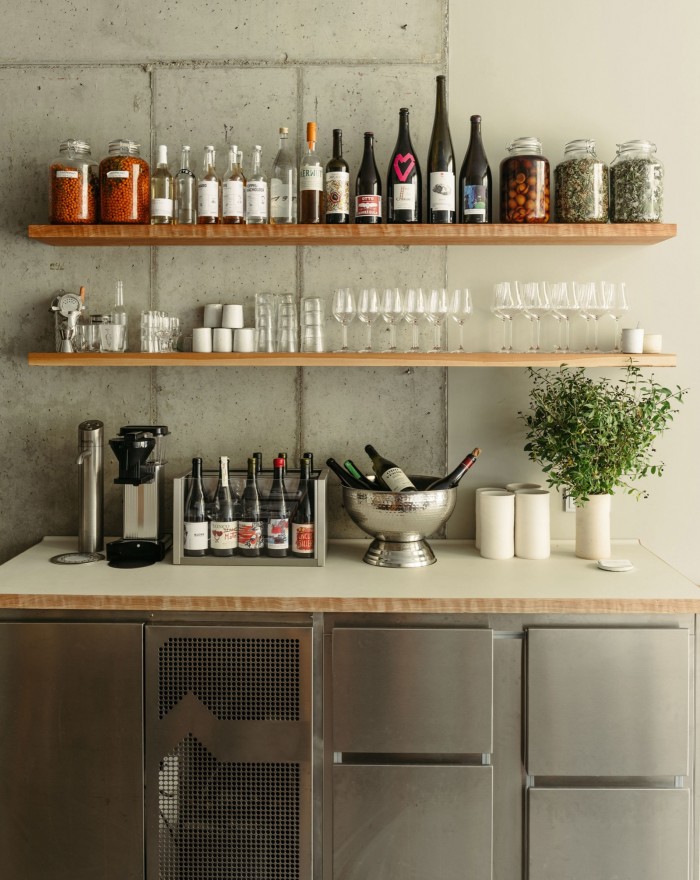
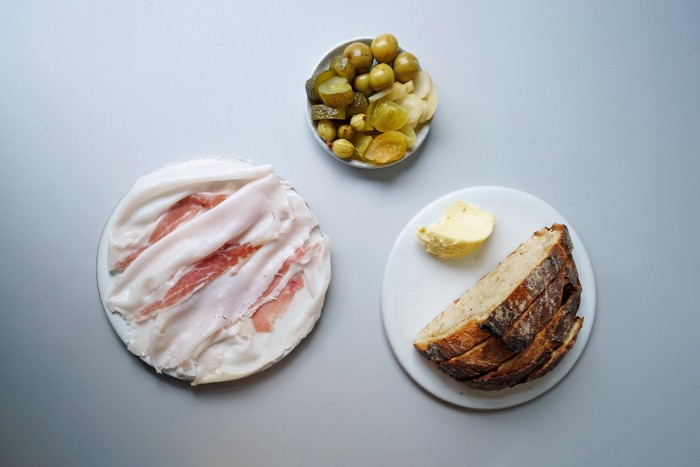
Ursus turns fish scraps into a Roman-style garum and leftover bread into their signature umami sauce. “It’s a lot of trial and error, but there’s greater freedom to experiment,” says Betts, who previously worked in Michelin-starred kitchens in London and who does all the cooking at The Small Canteen: there’s just a pot washer, a waiter and himself.
At Mimi, Bennett plucked his head chef, Jay Wolman, from the ladder of the New York restaurant scene. Petite eateries, he says, give star-in-the-making chefs a “different path to the top than the old-guard establishments”. Tiny restaurants are often helmed by “chefs who are not yet famous” – or ones who might have quit the stress and kitchen culture of a bigger space.
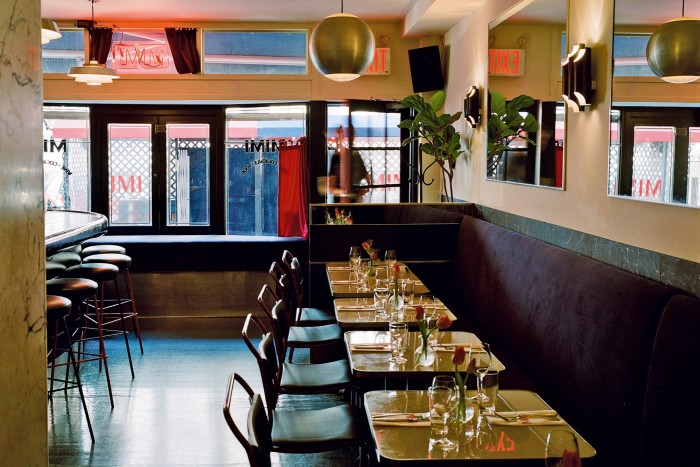
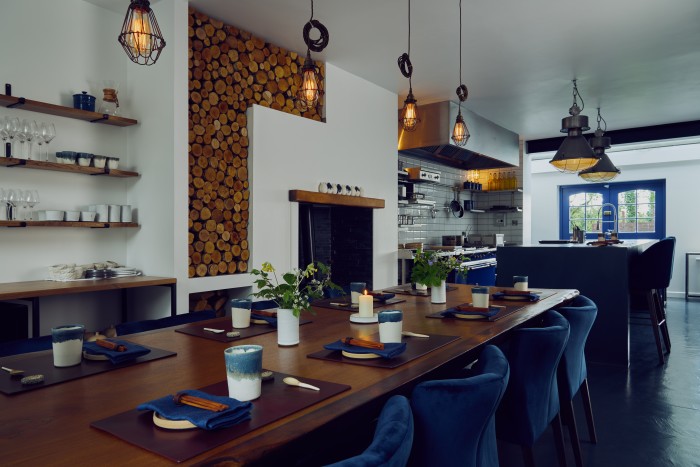
Smaller often means a better work-life balance. Mimi and The Small Canteen are open only for dinner and closed on Sundays and Mondays, while eight-person Alumni Kitchen Table, in County Kildare, operates on Friday and Saturday nights. There’s one sitting a night – and its remote location means diners tend to stay over in the rooms upstairs. “It’s becoming our social life,” says Philip Mahon, who runs it with his wife, Kathy. “We get to really interact with guests.”
Betts says this connection is the best part of his job. “It’s personal and approachable. And done with love,” he says. “The name The Small Canteen is almost a mission statement. People can come a couple of times a week, rather than just for a special occasion. Customers today like to feel they’re part of something.”
Comments